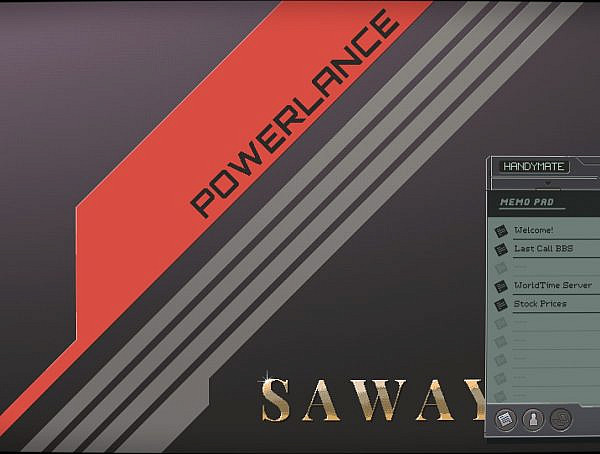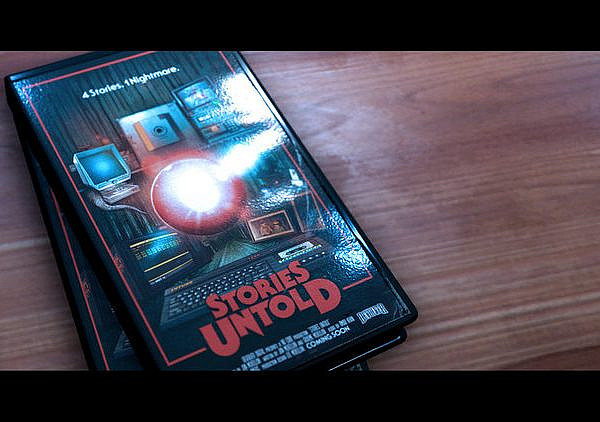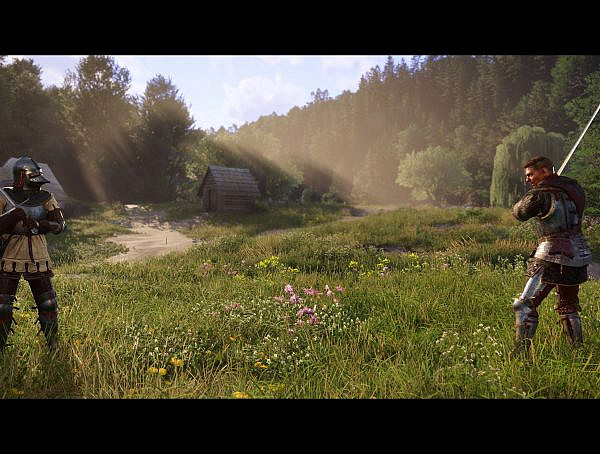A century-old boardgame with unbalanced gameplay makes for a good conversation piece
In late 1918, after a civil war waged in Finland, a board game titled “Battle of the Reds and the Whites in Finland in 1918” was published. “The Whites” refers to the side fighting for the Senate, and “the Reds” to the revolutionary socialist forces. That’s right, families could relive the horrors of the past year in the safety of their homes two players at a time. The players are not in equal positions, however, as the game is heavily biased in favour of the winning Whites.
The game may seem surprisingly complex for its time, but the basic mechanics are quite simple. Each side gets six armies of either infantry or artillery. They start at fixed locations, but there appear to be no rules for deciding how many armies of the more powerful, but less agile, artillery a player is allowed. This creates a major problem for game balance. The situation is made even worse by the disaster of a rule stating that the strength of each army is determined by the roll of a six-sided die, creating stacks ranging from one to six thousand troops correspondingly.
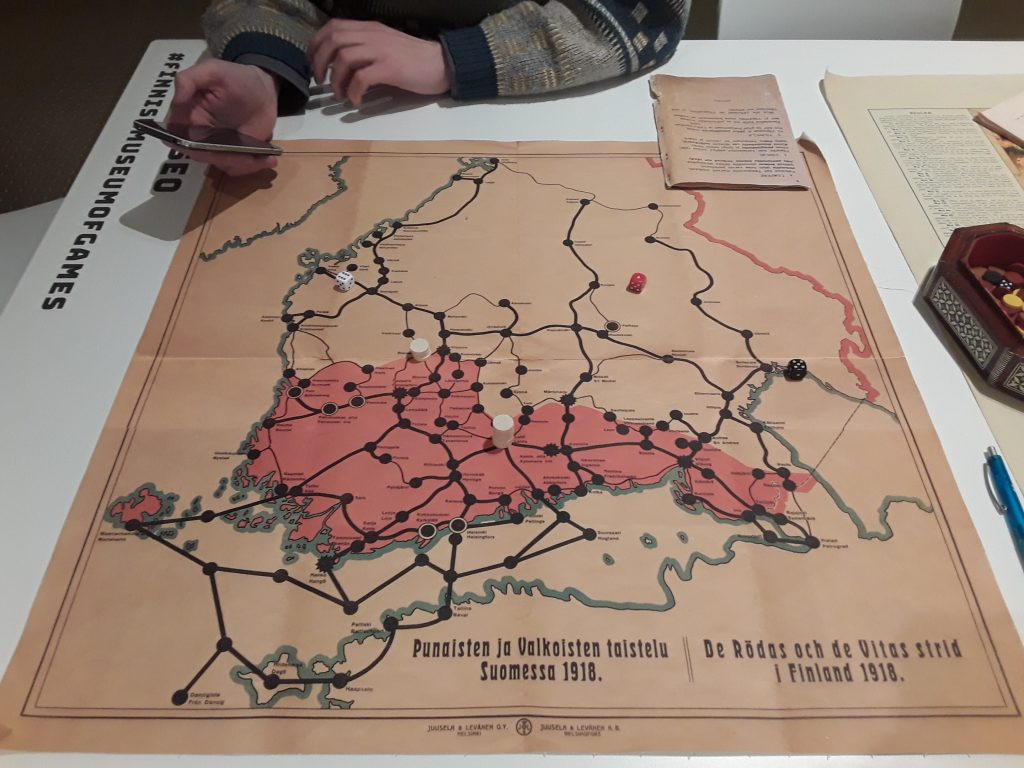 This awesome game map provided by The Finnish Museum of Games.
This awesome game map provided by The Finnish Museum of Games.
The game board depicts the map of the southern parts of Finland. Players move around the map, trying to reach enemy armies and destroy them. Like the sizes of the starting armies, this is based on chance, since movement and casualties inflicted are determined by dice. Movement takes place via railway lines or ordinary roads, and artillery can only use the railway lines. The players may try to outsmart each other by keeping infantry out of reach of enemy artillery, or by blocking certain routes, but the play area is rather small and offers limited possibilities for maneuvering.
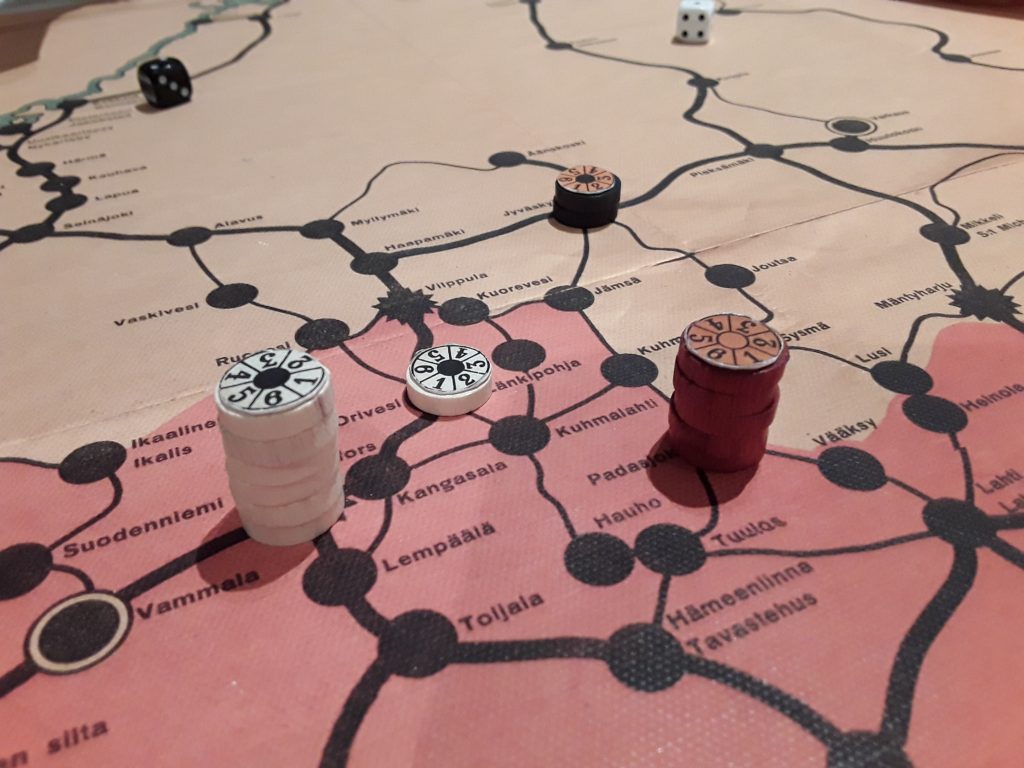 The thick lines are railway lines. Red army is hiding out of reach of enemy artillery.
The thick lines are railway lines. Red army is hiding out of reach of enemy artillery.
There are various special locations on the map, which are only disadvantageous for one side. For example, if the Whites occupy a certain location, they may refill their army to full strength. If they manage to capture Tampere, all the nearby Red armies are destroyed. The special locations favouring the Reds are mostly located far away from the main play area, and there are places that are practically unreachable for the Reds. For example, there is one place they can only capture with artillery, and only if they throw a six on the die. It was hardly surprising that the Whites won each of the three games played for this review.
Understanding the rules for special locations is not simple, either. For some reason, they are written as poetry. Many of them can be deciphered in various ways, which makes the game far more complicated than it should have been. They depict the Whites as the heroic side, but then the people buying this game would probably not have been from the working class.
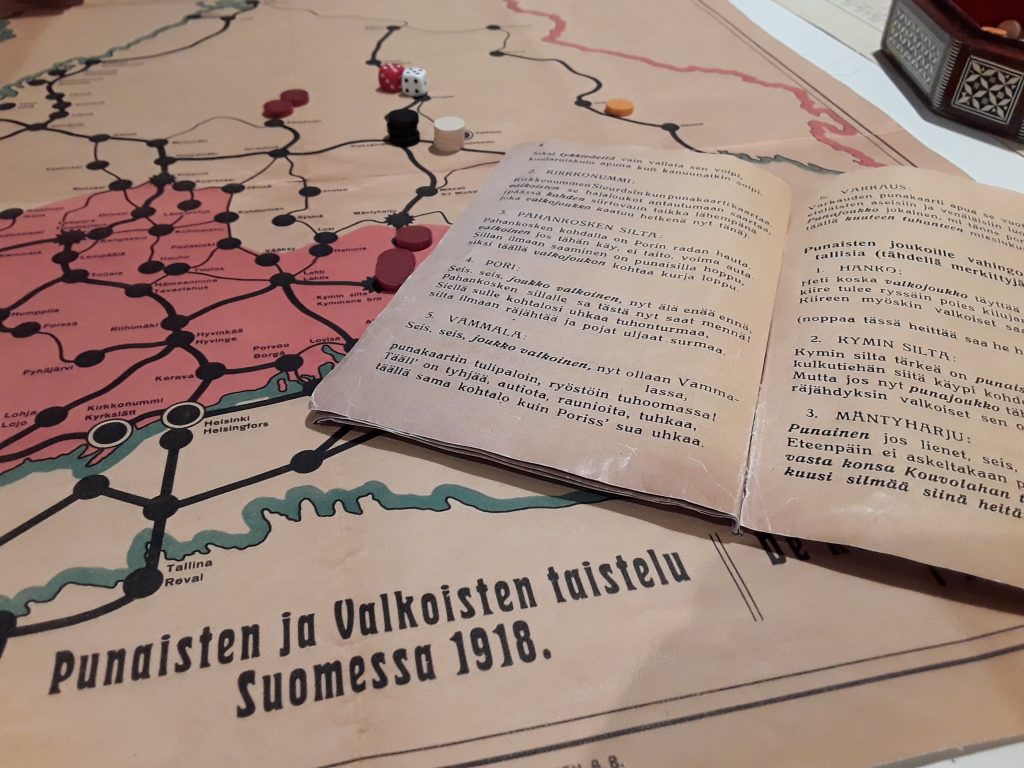 Rulebook. Speaking Finnish hardly helps here, as many rules are written as poetry.
Rulebook. Speaking Finnish hardly helps here, as many rules are written as poetry.
While hardly fun, the game is an interesting curiosity from Finnish history. From a modern perspective, it might seem horrifying that the game was published just months after the war ended, but it’s a product of its time. The actual gameplay is very shallow and unbalanced, the latter especially because of the bias against the Red player. While the game is freely downloadable online, there seems to be no English translation available.
Publisher: Juusela & Levänen Oy Kirjapaino
Year of release: 1918
PEGI: N/A
Available online at: http://www.doria.fi/handle/10024/123564
Played at the Finnish Museum of Games in Tampere: http://vapriikki.fi/en/nayttelyt/finnish-museum-games/
You might also like
More from Game Reviews
Animal Crossing: Pocket Camp but without the microtransactions?
Pocket Camp Complete is a cute and relaxing mobile game that offers the full experience with a one-time purchase.
Stories Untold – An Experimental Psychological Horror Adventure
Stories Untold is a narrative-driven horror adventure game and a truly remarkable take on the genre. The four episode anthology …
Kingdom Come: Deliverance II – A Sequel Worthy of a Knight
KCD II delivers a living, breathing medieval roleplaying game to its players. #RPG, #kingdomcome, #openworld







